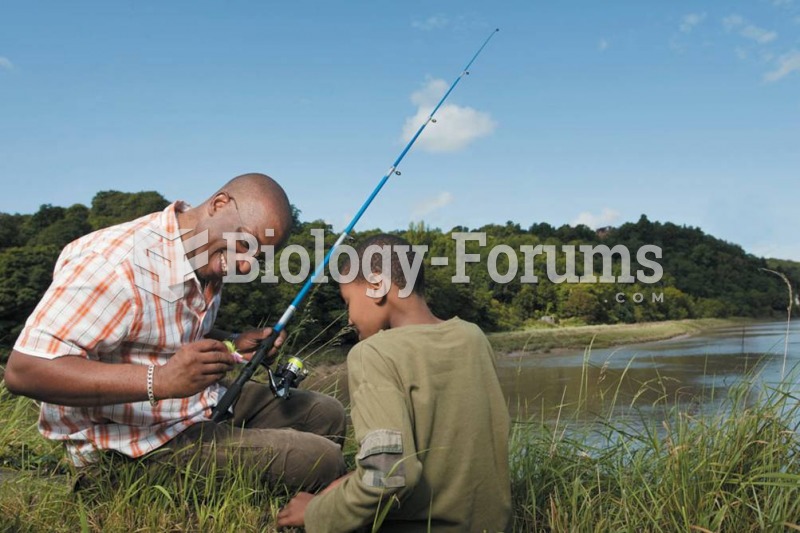Answer to Question 1
1
Rationale 1: The innate defenses are called nonspecific because they are unable to distinguish one type of threat from another; the response or protection is the same regardless of the pathogen. These defenses include physical barriers, such as the skin and the lining of the respiratory and gastrointestinal tracts, which are potential entry points for pathogens.
Rationale 2:The liver is responsible for metabolism of drugs and other processes. It is not an innate body defense.
Rationale 3: This is an example of an adaptive body defense.
Rationale 4: This is an example of an adaptive body defense.
Global Rationale: The innate defenses are called nonspecific because they are unable to distinguish one type of threat from another; the response or protection is the same regardless of the pathogen. These defenses include physical barriers, such as the skin and the lining of the respiratory and gastrointestinal tracts, which are potential entry points for pathogens. Cell-mediated immunity and immunoglobulins are examples of adaptive body defenses. The liver is responsible for metabolism.
Answer to Question 2
1
Rationale 1: Bradykinin is one of the chemical mediators of inflammation.
Rationale 2:Prostaglandins is one of the chemical mediators of inflammation.
Rationale 3:Anaphylaxis is a life-threatening allergic response when chemical mediators of inflammation are released.
Rationale 4:Potassium sulfate is an electrolyte.
Rationale 5: Antipyretics are administered to reduce a fever.
Global Rationale: During an inflammatory response, a variety of chemical mediators are released. These include: bradykinin, C-reactive protein, complement, histamine, leukotrienes, and prostaglandins.







